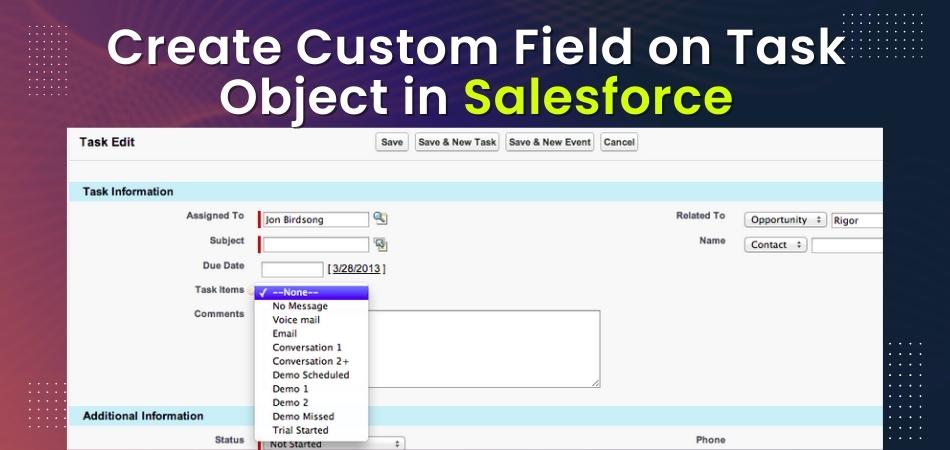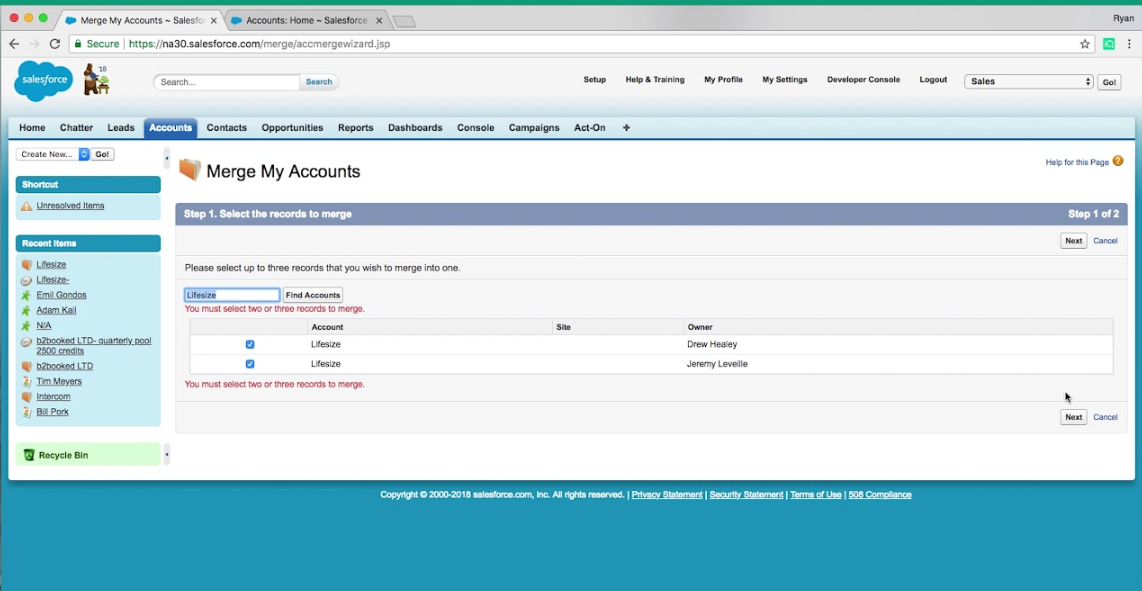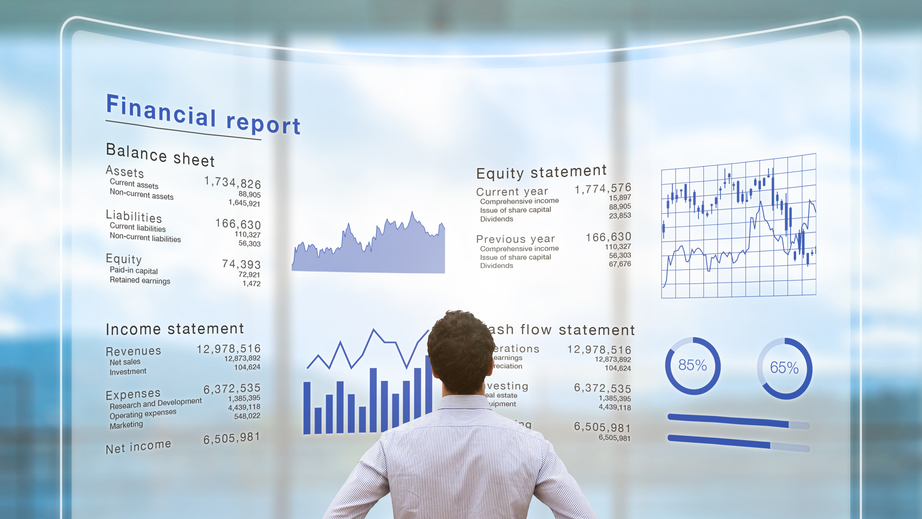How to Choose a Bank? Discover What to Analyze

Anúncios
Choosing a bank among so many options today is, at the very least, a complex task, but it is also an important decision that directly affects your long-term financial health.
In the United States, there are numerous financial institutions, each offering different types of accounts, services, and benefits. To make the right choice, it’s essential to know what to look for and how to compare the available options.
Anúncios
In this detailed guide, you’ll understand the main factors that should be considered on how to choose bank, ensuring that your financial needs are met in the best possible way.
1. Know the Types of Accounts and Define Yours
Before choosing a bank, understand the different types of accounts available. Each type of account serves a specific purpose and offers distinct benefits.
Anúncios
Knowing these options will allow you to determine which account is most suitable for you and how to choose a bank.
Checking Account
The checking account is the most common and versatile of all bank accounts. It allows you to deposit money, make withdrawals, issue checks, and manage daily transactions, such as bill payments, purchases, and direct deposits.
Most checking accounts offer a linked debit card and also online banking services, making it easy to access your money and make payments conveniently.
One of the strengths of the checking account is its ease of use. It’s important to be aware of the associated fees, such as monthly maintenance fees and ATM usage fees outside the bank’s network, which can vary greatly between institutions.
Savings Account
The savings account helps you save money in the long term. Unlike the checking account, it offers interest on the deposited balance, allowing your money to grow over time.
This type of account is great for creating an emergency fund, planning large future purchases, or simply accumulating your savings for a specific purpose.
Although savings accounts offer interest, rates are generally low. There is a limit on the number of withdrawals you can make per month, which can be inconvenient if you need frequent access to the money.
Even so, it’s an excellent option for those looking for a safe and simple way to save money.
Certificates of Deposit (CDs)
Certificates of Deposit, known as CDs, are time deposits offered by banks, with fixed interest rates and predetermined maturity dates.
When you open a CD, you commit to leaving your money deposited for a specific period, which can range from a few months to several years.
In return, the bank offers a higher interest rate than a traditional savings account. CDs are a good option for those with a sum of money that they won’t need to use in the short term and who want to earn a higher return on their investment.
However, it’s important to be aware that if you want to withdraw the money before the term ends, you may be penalized with a significant fee.
Money Market Accounts
Money market accounts are a hybrid between checking and savings accounts, combining the benefits of both.
These accounts generally offer higher interest rates than traditional savings accounts but also require a higher minimum balance for maintenance.
One of the main attractions of money market accounts is that they often allow holders to issue checks and use debit cards, providing greater flexibility.
However, like savings accounts, they may have limitations on the number of transactions allowed per month.
2. Look for the Lowest Fees
Bank fees can quickly accumulate and end up eating into your savings, especially if you don’t pay attention to the details.
That’s why there is no process on how to choose a bank, it’s essential to compare the fees associated with different accounts. Some of the most common fees are:
- Monthly maintenance fees: Many banks charge a fee to keep your checking account active. Some institutions offer fee waivers if you meet certain requirements, such as maintaining a minimum balance or setting up direct deposit.
- ATM usage fees: If you frequently use ATMs outside your bank’s network, you may be charged for it. Some banks offer reimbursements for these fees, which can be an important differentiator.
- Overdraft fees: If you spend more than you have in your checking account, you may be penalized with an overdraft fee, which can be quite high.
- International transaction fees: For those who travel frequently or shop on foreign websites, international transaction fees can be an important factor to consider.
Comparing these fees between banks will help you avoid unnecessary costs and choose the institution that offers the best cost-benefit for your financial profile.
3. Compare Bank Models
In the United States, there are several types of banks, each offering different services and advantages. Knowing the differences between them can help you in the process of how to choose a bank and find the institution that best meets your needs.
National Banks
National banks are large financial institutions that operate nationwide. They offer a wide range of banking services, including checking accounts, savings accounts, loans, credit cards, and more.
The main advantage of choosing a national bank is convenience, as they usually have a large network of branches and ATMs.
These banks offer cutting-edge technology, such as mobile apps and online banking services, which make it easier to manage your finances. However, national banks may also have higher fees and offer less personalized customer service due to their large customer base.
Credit Unions
Credit unions are nonprofit financial institutions owned and operated by their members.
They generally offer lower interest rates on loans and higher rates on savings accounts, in addition to charging fewer fees overall.
Credit unions are known for personalized customer service and a strong connection to the local community. On the other hand, access may be limited, as many credit unions have fewer branches and ATMs than large national banks.
Regional and Community Banks
Regional and community banks are smaller than national banks and operate in specific geographic areas.
They often offer more personalized service and a strong connection to the local economy, which can be beneficial for customers who value a relationship with their bank.
These banks are also more flexible in granting loans and fees, but like credit unions, they may have a more limited network of branches and ATMs.
Neobanks
Neobanks are fully digital banks that operate exclusively online. They have no physical branches and offer their services through mobile apps and web platforms.
The main advantage of neobanks is convenience and cost reduction, as they tend to charge fewer fees due to the absence of physical infrastructure.
Neobanks are ideal for those who are comfortable with technology and prefer to manage their finances digitally. The lack of physical branches can be a disadvantage for those who prefer face-to-face service.
Online Banks
Although similar to neobanks, online banks are mostly digital arms of traditional banks. They offer more competitive interest rates on savings accounts and CDs and have fewer fees overall.
The convenience of online banking, combined with the security and trust of an established brand, makes them a good choice for many consumers.
As with any digital bank, the absence of physical branches can be inconvenient for some people accustomed to using them.
4. Check the Reputation and Reviews of the Bank
Before opening an account with any bank, it is crucial to research its reputation. Check online reviews, see what other customers are saying, and find out if the institution has a history of good customer service and sound financial practices.
In addition to customer reviews, you can also check the bank’s reliability through credit rating agencies or publicly available financial reports.
A bank with a solid reputation and good financial history is less likely to cause future problems, such as bankruptcies or mergers that could affect your services.
5. Read the Terms and Conditions of Use
Don’t forget to carefully read the terms and conditions when you search how to choose a bank. Many consumers skip this step, but it helps avoid unpleasant surprises, such as hidden fees or usage policies you disagree with.
Check the details on how fees are applied, which services are included at no additional cost, and how the bank handles situations like transfers.
Understanding these terms helps you avoid future problems and ensures you are making the best choice for your financial situation.
6. Evaluate the Security Features
Security is a key aspect when choosing a bank, especially with the increase in fraud and cybercrime.
Make sure the bank offers strong security features, such as two-factor authentication, data encryption, and transaction monitoring.
Check if the bank has fraud protection, such as insurance in cases of unauthorized transactions and payments. The security of your information and money should be a priority when choosing a financial institution.
Do You Understand How to Choose a Bank? Choosing the right bank is a decision that should be made with care and attention.
Analyzing all the details mentioned above are essential steps to ensure your financial needs are met.
By following these tips, you will be prepared to make a more informed decision and find a bank that meets your expectations and supports your long-term financial goals.





